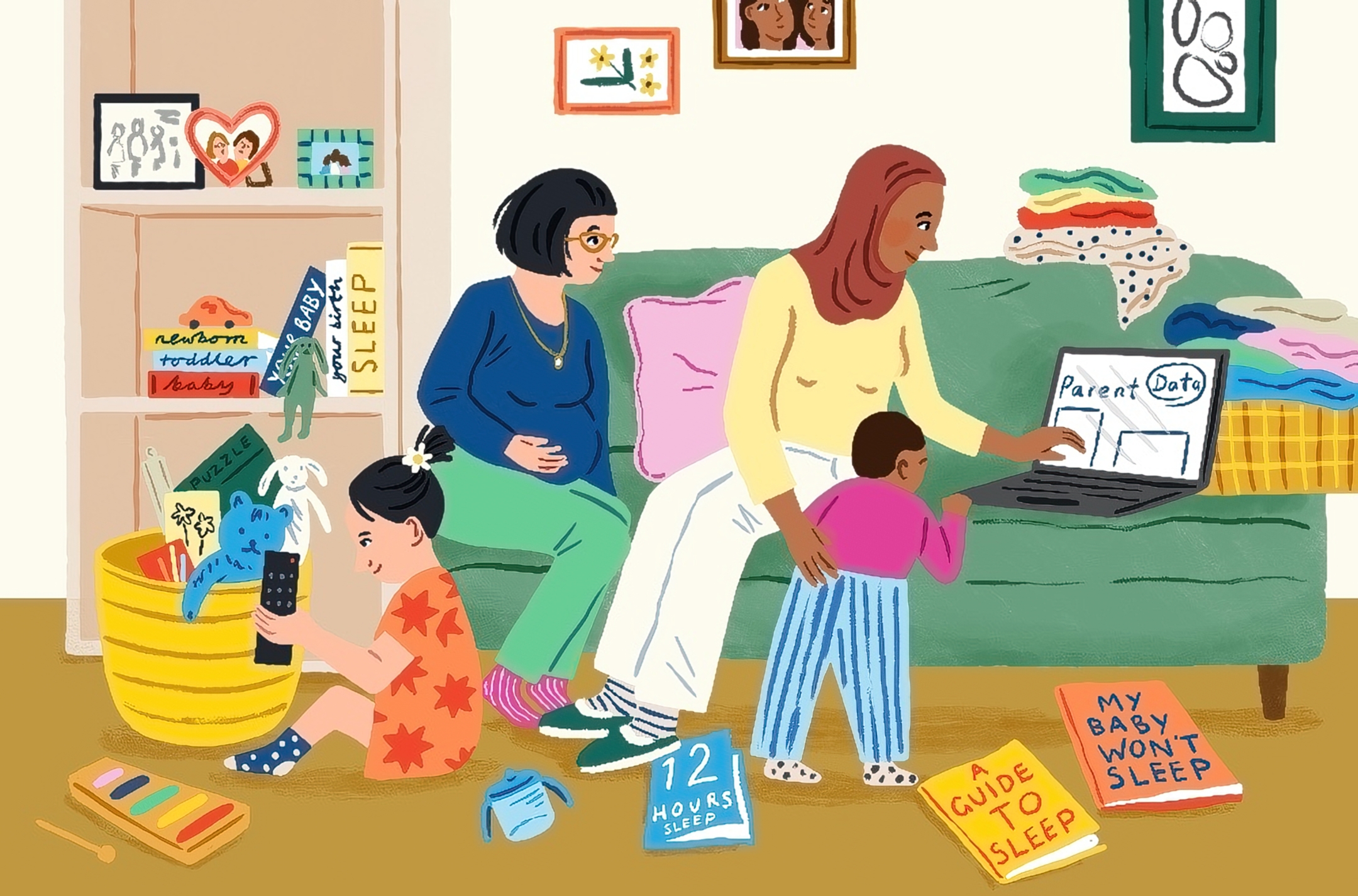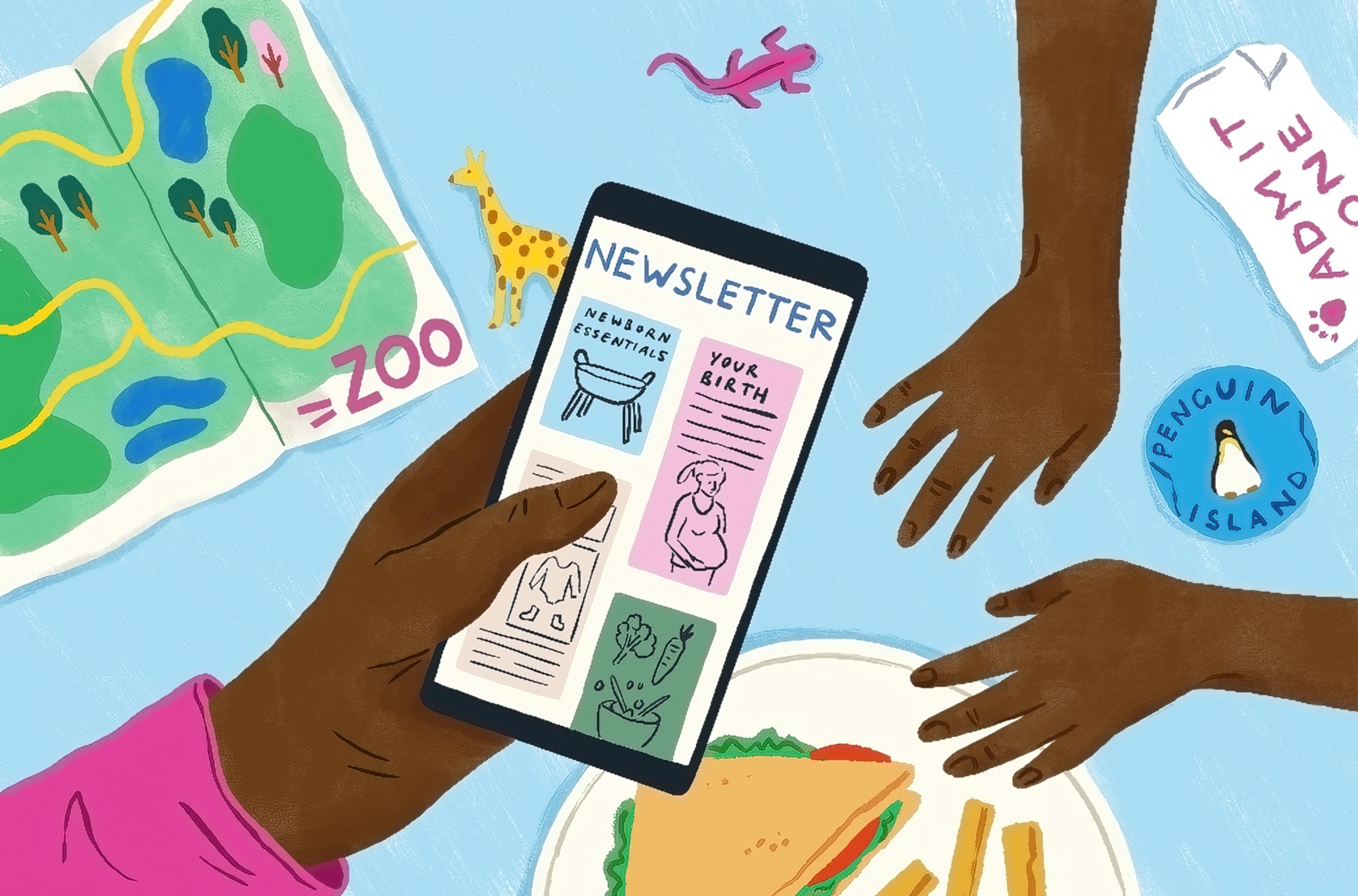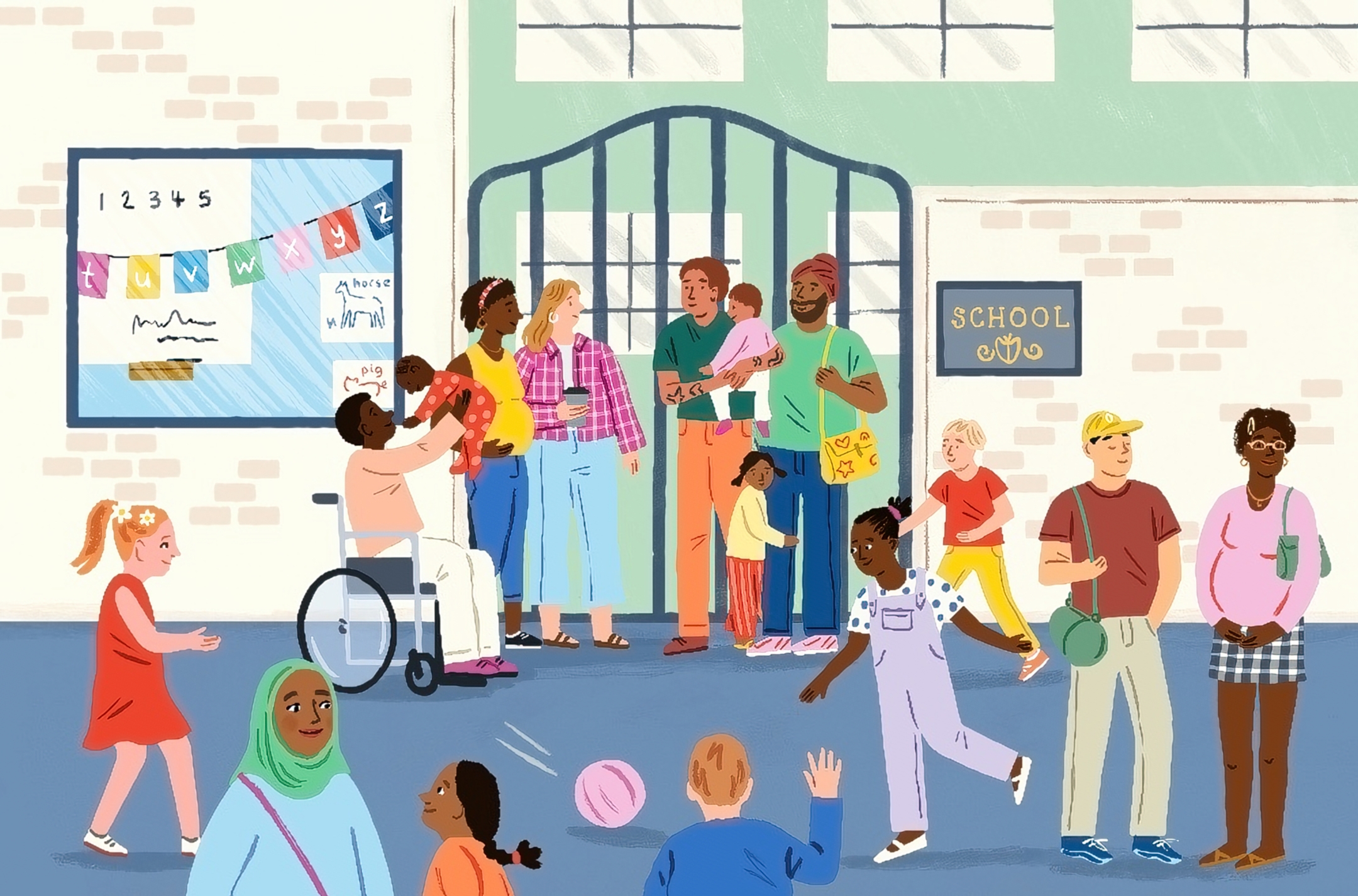I had intended to write this piece last week, but I’m glad I waited because much more has started to come into focus. It’s increasingly clear which areas of the country are going to have fully remote school, and which areas are going to try to do some in person learning. Within the latter, parents are starting to hear details about partial weeks, weeks on and off, and so on.
These announcements have changed the conversation a bit. There is still a question about whether to open schools, but many of the conversations have moved to a place with more logistics. If learning is going to be remote, what does that mean (for investments by schools and parents?) If we are going in person, how and what protections need to be in place?
Over the last weeks people have shared a lot of resources and, to be honest, this piece is a bit of a data-dump. But I hope you will find something useful in here. I’ve started with some general resources around schools as background. I can see these being useful for schools to share with their teachers and parents, or for parents to review on their own.
The second piece is resources for parents. Yes, I have some “learning pod” resources. I struggled with whether to include these given the enormous equity issues here. But for at least some parents, these may be useful, and I thought better to name the issues (and perhaps point you back to this post on inequality) rather than leave them out.
And then, finally, a few resources for school and districts, including some thoughts on (slightly) more creative approaches.
So enjoy the Thursday Data Dump!
Big Picture Resources
- This piece is a fantastic summary of what has happened when schools reopened globally. In their words: “This document is a brief summary of the models and implementation approaches to re-opening schools that focuses on the approaches used in 15 countries for which we were able to identify data.”
- UCSF Grand Rounds video on COVID-19 and kids, from July 9th. This video is an excellent summary, although amazingly it is already perhaps a bit out of date. Don’t Forget The Bubbles is another excellent link. And, of course, COVID-Explained.
For Parents
At this point, we are not all in the same boat, and we probably do not all have the same questions. So find your group…
…My school is planning to return in person (for now)
If you’re in this boat (an increasingly small one which seems to be leaking fast) your central questions are likely to be about safety. I’d refer you up to the pediatric evidence (which is reassuring) in the big picture above. But it likely also makes sense to do some due diligence on the opening plans. Things I would ask:
- Prevention measures being taken? Good specifics to ask about include: class sizes, mask rules, pod isolation (i.e. do the kids stay with one group), symptom tracking, temperature taking, sick kid protocols. I will note that of these I think the latter three are the most crucial and the ones where parental pressure may make the most difference. There are symptom tracker options, and schools can at least request everyone take a temperature before coming in.
- What happens when there is a case? Not everyone is talking about this, but I’d make sure you know what the plan is. Is the school going to close completely for the first case? Then you should plan on remote learning almost for sure.
…My school is either partially or fully remote
- First, take a well deserved moment to panic. This isn’t what you signed up for, and you are worried about yourself and your kids and everyone’s sanity.
- Now: making this work will be all about planning well. Sit down and figure out what is possible — is there an adult who can be home with the kids? Is there any child care being provided on the market that you could use? Could a grandparent help (less risky given that the kids are not in school).
- The internet is all over the discussion of “pandemic pods.” Let’s put aside the equity issues here, and talk about this practically. It is possible that it makes sense to combine your household or resources with a few other families in some way. Like what ways?
- Non-Market Combinations: This combining could involve nothing more than a regular, stable play group for your children to have some social engagement. It could involve shared homeschooling duties across groups of parents (i.e. we each take a day).If you do this, especially the latter, my very strong suggestion is you write a formal contract. Even if these people are like your best friends ever, starting a pandemic pod could be the end of that. What happens when one family shirks on their supervision day? What rules will you have for interacting outside the pod? What if one set of parents goes to an indoor restaurant?
General guidance on pandemic pods (not in schooling). For schooling, you’d want to add to all of that with details about exactly how the school supervision will work and, yes, what happens if people cheat or shirk.
Market Combinations: It hasn’t been lost on the internet that some families are hiring their own teachers. My sense is this comes in two forms. The main way I suspect people will use this is in hiring someone to supervise kids who are enrolled in public school and following he public school curriculum. You may simply need someone to supervise so parents can work and possibly scaffold online learning a bit.
The second option, of course the one the internet is all about, is people hiring teachers to supervise their own “micro-school” with curriculum development and so on. Personally, I suspect this is not going to be common, but I guess we’ll see. It’s pretty complicated to design a whole school curriculum from scratch in (checks watch) five weeks.
If you want to go in one of these directions, the market can help. Of course there is always care.com for child care providers, but there are more specific options. Swing Education, for example, has pivoted from providing substitute teachers to schools to staffing learning pods. Their model will largely assume kids are enrolled in formal schools and their teachers will supervise.
A plea from education researchers/school administrators/policy people: if at all possible do not pull your child from public school even if you are planning on going it alone. This affects school funding, which impacts their ability to serve kids who need it, as well as to keep teachers employed.
- Non-Market Combinations: This combining could involve nothing more than a regular, stable play group for your children to have some social engagement. It could involve shared homeschooling duties across groups of parents (i.e. we each take a day).If you do this, especially the latter, my very strong suggestion is you write a formal contract. Even if these people are like your best friends ever, starting a pandemic pod could be the end of that. What happens when one family shirks on their supervision day? What rules will you have for interacting outside the pod? What if one set of parents goes to an indoor restaurant?
Schools
School administrators have, obviously, many resources other than this newsletter (I MEAN I F*ING HOPE SO). So here let’s go with a little less speculative commentating and a little more listing.
But let me just say one thing: if you are a school or district which is still deciding if and how to open, my read is the data increasingly favors a focus on younger children and, for equity reasons, more vulnerable groups. Younger kids are less likely to get sick, and seem less likely to transmit the virus. They are also much less successful at learning online. This piece, in the Atlantic, makes a strong case for opening schools faster for younger children, and I think the data has only strengthened since it was written.
Combining a full re-entry for younger children with a partial reentry for older children could open up space and resources. Even better (I think) would be prioritize older kids based on need. Children with unstable home circumstances or no internet, along with those who are in Special Education could come back to school, while others would learn from home. People will complain, but nothing we do here will be fair.
Resources for general advice:
- An absolutely unbelievably compilation of materials from Alexa Carver on state guidelines, resources, and data.
- Mass General Hospital comprehensive review of many, many details of school reopenings. Includes, for example, a section on bands (wind instruments less risky than singing; brass is least risky).
- School Response Toolkit from TNTP
- Chiefs for Change has some great resources for places planning to reopen, including these extremely helpful slides on, basically, scenario planning.
Resources for Symptom Tracking:
- Fever tracking app from WeeCare. Really slick AI scanning of digital temperatures. Costs money.
- A simpler (no AI) symptom tracking app for schools: Ruvna.
Resources for Online Learning
One might have thought that a huge wealth of resources would have been created for optimizing online learning but one would be wrong! However, I did source two useful ones.
- SchoolClosures.org: looks bare bones, is staffed by volunteers and was created for the pandemic. However: the advice to teachers in optimizing remote learning is clear and seems doable.
- Microsoft: The opposite! Microsoft is about as fully established as you get, but they also have some helpful thoughts.
- A little bit more specific: many people have recommended PearDeck as a add on to Google Slides. It’s a way to keep kids more engaged with ongoing assessments.













